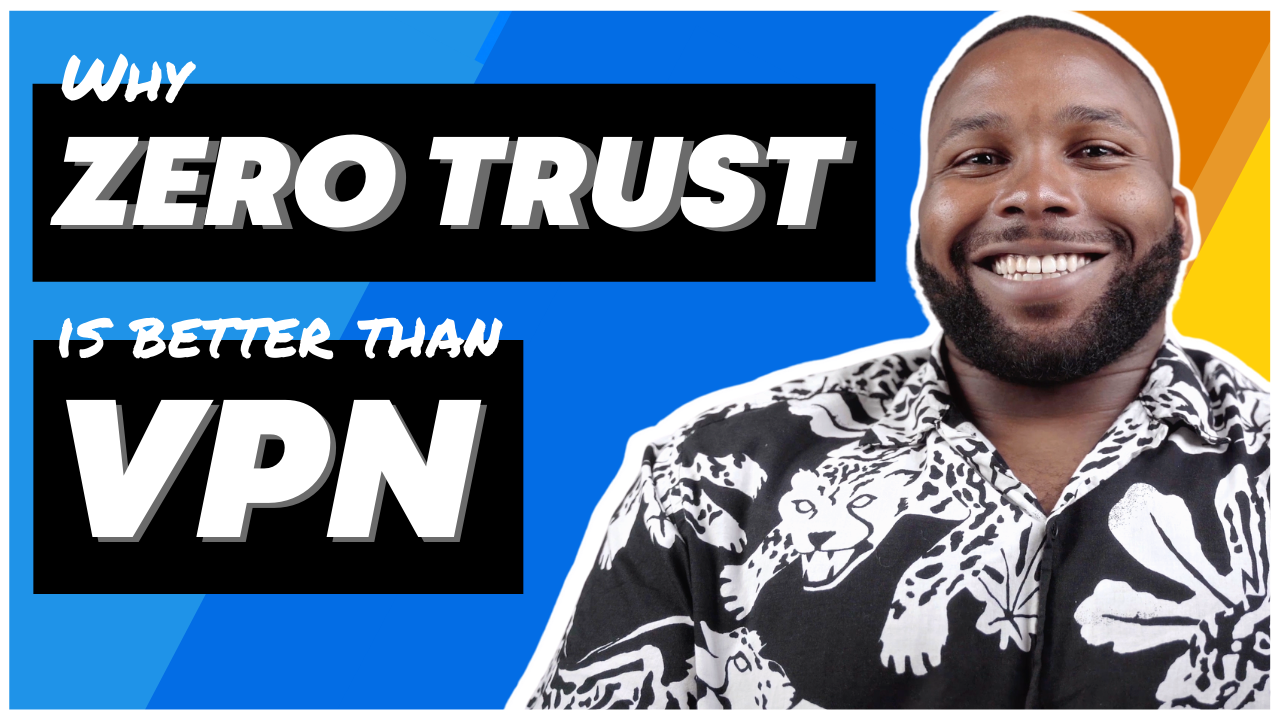Recent high-profile cyberattacks have catapulted cyber security into enterprises’ biggest concern in 2022, even more than supply chain disruption or the COVID-19 pandemic. According to a Beta News tech report, cybercriminals can penetrate 93% of company networks. This alarming statistic has companies reeling on how to protect their networks from the latest cyber security threats.
We’ll examine the top five cyber security threats for 2022 and offer some strategies to fortify against these types of attacks. By taking a proactive stance toward cyber threats, you reduce your risk and mitigate these more common types of attacks.
Top 5 Emerging Cyber Security Threats for 2022
Corporate cyber attacks increased by 50% in 2021, but it wasn’t just large enterprises. Many small to medium-sized companies also saw an increase in attacks because of their lack of security expertise and resources. Regardless of your business’s size, your security team needs to be vigilant against these growing cyber security threats:
1. Denial of Service
A Denial of Service (DoS) cyber attack floods a node or network so that it can’t respond. A more complex DoS is a distributed DoS (DDoS) that utilizes a computer network to initiate an attack. These attacks overwhelm the system and make it difficult to trace, allowing the hacker to launch other malware attacks within the targeted network.
The best way to fortify against a DoS or DDoS is to be proactive:
- Fortify your architecture as much as possible by geographically dispersing servers and assets so that they aren’t in the same location, network, or data center.
- Set up hardware specifically designed to deter or protect against DoS and keep it updated on system upgrades and patches.
- Scale your network bandwidth to absorb the larger traffic associated with an attack.
- Outsource to third parties that have a scaling infrastructure that has cloud scrubbing services and can remove DoS traffic as soon as it is detected.
Related Link: Why a Cybersecurity Policy is a Must-Have for your MSP in 2022
2. Internet of Things (IoT)
As more devices and things become smarter and connected to business networks, they will become more vulnerable to cyber attacks. Because the technology is still in its infancy, IoTs create more exposed entry points for hackers to exploit through weak security measures. GovTech predicts that we will see tons of high-profile IoT breaches in the headlines in 2022.
How to Fortify Your IoT:
- Use high-level encryption. Zero trust end-to-end encryption is an intelligent model.
- Use unique credentials for every IoT device.
- Create a separate WiFi network for your IoT to safeguard the mainnet.
- Disable features you are using to block as many entry points as possible.
- Update your IoT operating systems as soon as possible.
- Enable multi-factor authentication.
- Utilize next-generation firewalls (NGFW) for additional security.
Need a better management system for handling cyber threats and risks? Check out Actifile, the best risk management platform for MSPs.
Related Link: Top 10 Cybersecurity Software Solutions for MSPs in 2022

3. External Remote Services
As more employees work remotely, it opens the door for hackers to attack remote access services. If not properly secured, they can compromise a VPN, steal RDP credentials, target Virtual Network Computing (VNC), and enter through your mobile device. The hackers use credential pharming to infiltrate the enterprise’s infrastructure. These types of attacks will really accelerate in 2022.
To fortify your external remote services:
- Enforce group policies for specific allowed and blocked applications.
- Disable setting tabs in Internet search engines.
- Disable mounting local drives for remote connections.
- Restrict access to local drives on a remote device.
- Remove admin privileges.
4. Evolving Phishing Attacks
Phishing attacks account for 36% of all network breaches. But the phishing landscape is evolving. While these attacks still primarily happen through email, hackers target their phishing campaigns to reflect current news events to spark better click-through.
To fortify against phishing attacks:
- Set email filters. It seems basic, but it is effective.
- Set your email server settings to utilize all email security protocols.
- Most importantly: Stay informed on new phishing schemes and educate your employees on these new attacks.
5. Ransomware
Ransomware is not a new cyber threat, but it is effective—making it the preferred method of attack in 2021. Utilizing 120 different types of malware, hackers can extract sensitive data and hold it hostage until the business pays in cryptocurrency. They are using higher-pressure tactics of escalating infection to ensure payment. Ransomware costs are expected to grow to $265 billion by 2031.
To fortify against ransomware:
Hackers look for soft targets with weak security measures, resulting in 37% of all organizations being hit by ransomware. To prepare for the next attack, businesses need to follow the White House’s five-point plan for bolstering security:
- Regularly back up all data in a secure data center. 57% of companies prefer a cloud-based backup solution to recover data.
- Patch and update all systems and software swiftly.
- Test and simulate an incident response plan to identify weaknesses.
- Use third-party security tests to validate your security system’s strength.
- Segment your network to minimize operation disruption.

Conclusion
To combat these trending cyber security threats, global business spending on cybersecurity will reach $1.75 trillion cumulatively from 2021 to 2025. To avoid being part of the breach statistic, security experts need to think like hackers and develop strategies to deter attacks.
You can protect your network from cyber attack by following the strategies we’ve mentioned coupled with an emphasis on data privacy, sovereignty, and compliance. We Bridge is a turn-key SaaS solution for helping cloud-centric enterprises fortify their data privacy from cyber-attack through robust assessment, monitoring, and remediation. Our platform employs zero trust encryption and secure data backup for optimal security.
Need third-party security for your network and critical data? Learn more about our data privacy risk platform.
Related Link: Stop using VPN! Why Zero Trust is a Better Solution




